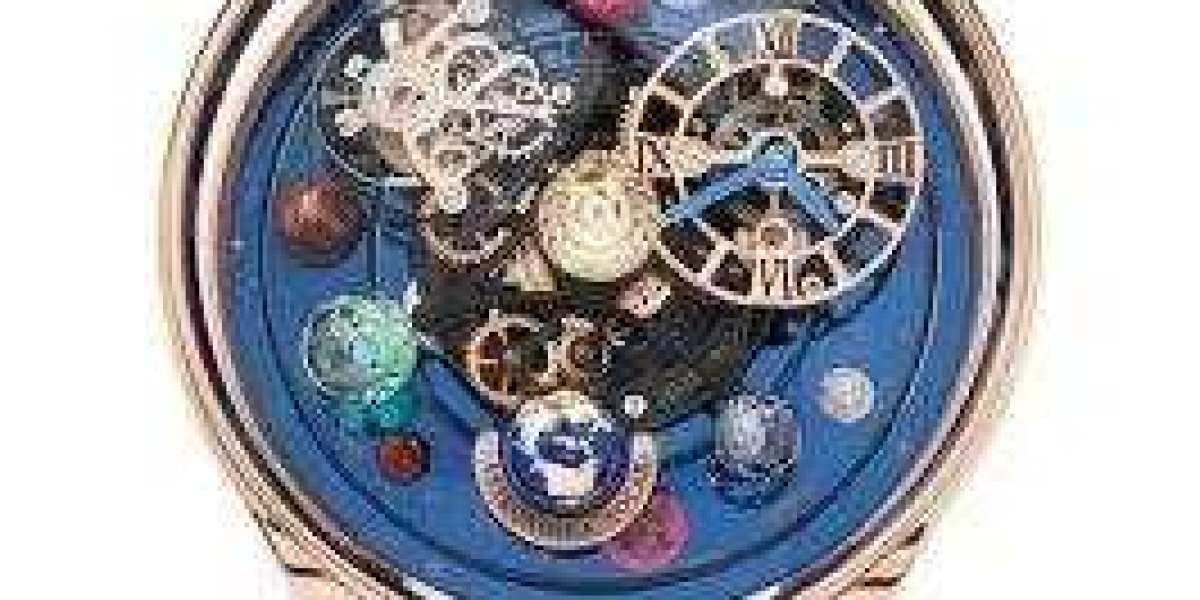Line Surge Arrester price Transmission line arrester for MV and HV type 鈼?Type: MV and HV 鈼?Application: Transmission line arrester for MV and HV type 鈼?MATERIAL: Polymer housing 鈼?Color: Grey 鈼?High quality MOV discs/ blocks 鈼?100% routine tested 鈼?KEMA, CEPRI, XIHARI test report and ISO 9001 quality certification 鈼?Comply with GB, IEC, IEEE and other standards Introduction It was not realized at the time, but the 1992 introduction of the polymer-housed transmission line arrester (TLA) was clearly a game changer in the practice of lightning protection of transmission lines. Overhead shield wires had been the only cost-effective means of mitigating the effects of lightning until that moment. Since then, the TLA has shown its value not only in reducing lightning induced outages but also in numerous other power system protection, construction, safety, and operation scenarios. The Transmission Line Arrester A TLA is manufactured and certified the same way as a standard arrester, but its application is different. A TLA is applied in parallel with transmission line insulators to prevent insulator back flashover. To mitigate backflash, the arrester conducts the lightning current from the down ground onto the phase conductor. This is quite the opposite of normal arrester installations. This arrester type is similar to a distribution arrester in that it usually handles lightning currents only. This lightning-only option is possible because the TLA MCOV rating is high enough to prohibit it from going into conduction from a switching surge. This arrester is also normally used on shielded systems where the shield wire and down ground handle 80% of the lightning stroke current. Because it need not handle high lightning currents, it is rated the same as a distribution arrester and conducts lightning currents only. In some cases, where high fault currents are possible, a station class arrester is used for this purpose. If the TLA is applied to an unshielded transmission line, a station class arrester may be required to handle the surge energy from lightning. Figure 41 shows how the charge (in coulombs) is shared between arresters on a typical transmission line. In the model that produced the graph in Figure 4, the total strike charge was 16C at tower 0. Towers 1鈥? are on one side of the struck tower, and there is the same number of towers with arresters on the opposite side. TypeRated VoltageMCOV(KV)Maximum Residule Voltage Using an 8/20 Current Impulse (kV)Creepage Distance (mm)Dry Arcing Distance (mm) 5.0kA10kA20kA YH10W-332.557.58.29.2250146 YH10W-665.115.116.318.4250146 YH10W-997.6522.624.527.5370178 YH10W-121210.230.132.636.5520214 YH10W-151512.737.740.846.1650250 YH10W-181815.345.248.955.3650250 YH10W-21211752.757.164.3790284 YH10W-242419.560.365.273.5920318 YH10W-27272267.873.482.61050356 YH10W-303024.475.481.691.61200392 YH10W-333326.782.989.799.51340428 YH10W-36362990.497.9109.61340428 TypeRated Voltage (kV)MCOV(kV)Maximum Residule Voltage Using an 8/20 Current Impulse (kV)Repetitive charge transfer withstand Qrs C Station class arrester Steep current impulse kVLightning impulse kVSwitching impulse kV peak value 鈮?/p鈮?/p YH10W-51/1345140.81541341140.4 YH10W-84/2218467.22542211881.0 YH10W-90/2359072.52642352011.0 YH10W-96/25096752802502131.0 YH10W-102/26610279.62972662261.0 YH10W-108/281108843152812391.0 YH10W-192/5001921505605004261.2 YH10W-204/5322041595945324521.2 YH10W-216/562216168.56305624781.2Line Surge Arrester price website:http://www.jnearrester.com/surge-arrester/line-surge-arrester/
Search
Popular Posts








